
Cartilage is made of connective tissue. It comprises a dense matrix of collagen and elastic fibers both of which are surrounded by a rubbery ground substance. Cartilage matrix consists of chondrocytes (mature cartilage cells), cells that originate from chondroblasts. Cartilage does not contain blood vessels or nerves. It is supplied with blood and all the essential nutrients via blood vessels of the perichondrium, a membrane of dense connective tissue that surrounds the surface of cartilage in many parts of the body.
Types of Cartilage
There are three different types of cartilage in human body, hyaline cartilage, fibrocartilage and elastic cartilage.
Hyaline cartilage consists of a bluish-white and shiny elastic material and numerous collagen fibers and chondrocytes. The matrix is made of chondroid sulfate. It is normally found in bronchi, larynx, nose and trachea. Costal cartilage is also hyaline cartilage and this type of connective tissue makes embryonic skeleton.
Fibrocartilage contains scattered chondrocytes and visible dense bundles of collagen. This type of cartilage does not posses a perichondrium and is a component of intervertebral discs, menisci and pubic symphisis. Furthermore, callus, the tissue that forms at the site of a healing fracture, is made of this type of cartilage. And finally, fibrocartilage is found at the site of insertion of tendons into the cartilage tissue of joints.
Matrix of elastic cartilage contains chondrocytes embedded in a threadlike network of elastic fibers. This cartilage is yellow and contains perichondrium. Elastic cartilage is a part of the Eustachian tube, external ear and epiglottis.
Cartilage Function
Cartilage is generally a tissue that connects other structures. For example, it holds certain bones together (ribs and the sternum). Furthermore, this is a structure that makes ends of the long bones in children and gradually changes into bone during the process of growing. In fact, this tissue never stops growing. One more precious function of cartilage is cushioning. Namely, being placed between the bones it prevents excessive rubbing of the bones and subsequent damage and pain.
Due to high content of elastic fibers elastic cartilage is the most flexible of all types. This is why it is mainly found in tubular structures which need to remain open. This cartilage provides support to nearby tissues as well. Hyaline cartilage, on the other hand, lines the bones in joints and provides with smooth movement. It is also essential for flexibility and supports specific structures. And finally, fibrocartilage (the strongest and most rigid of all types of cartilage) is necessary for support and rigidity of the nearby structures. Its strength is explained by the presence of more collagen comparing to other two types of cartilage.


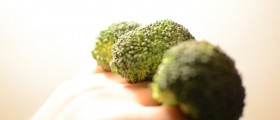
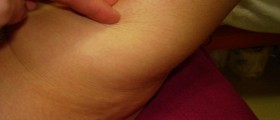



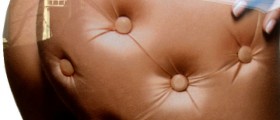
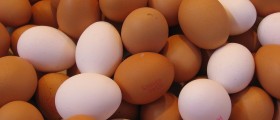
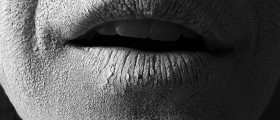
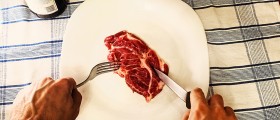
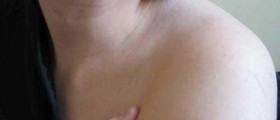
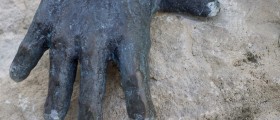




Your thoughts on this
Loading...